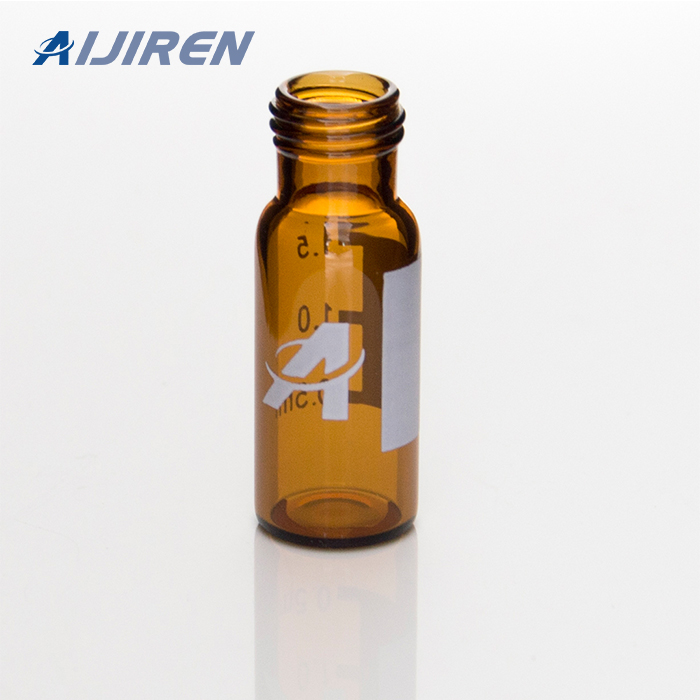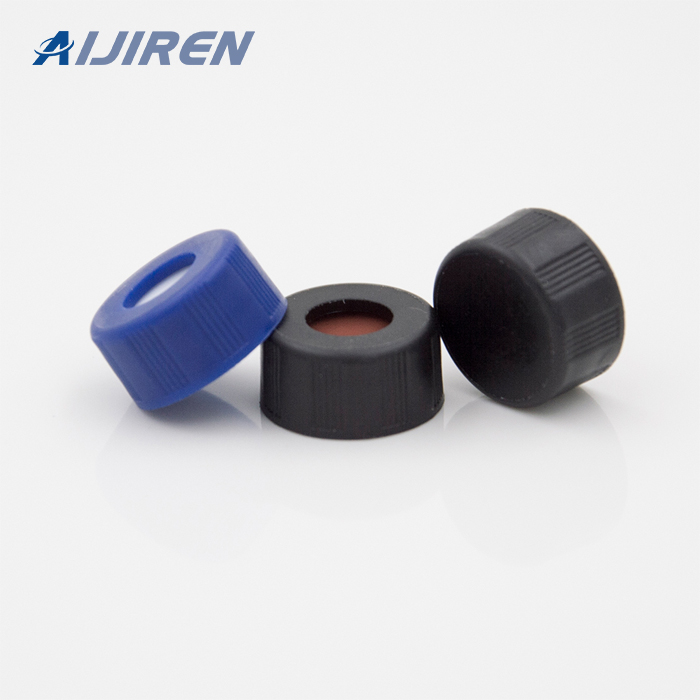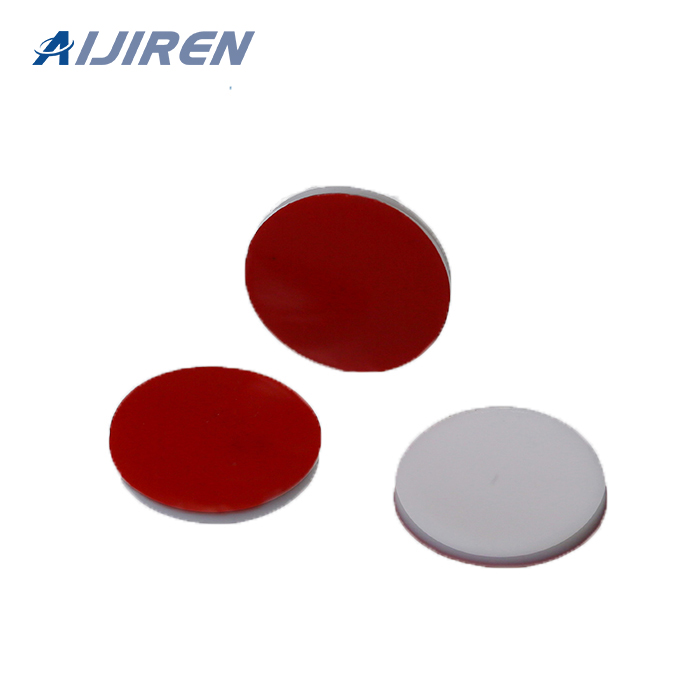








May 1, 2021 · Dispersion (broadening, or spreading) of analyte zones (peaks) outside of chromatography columns can seriously erode the resolution provided by good columns. In this installment, we focus on the contribution of the sample injection step to the total level of extracolumn dispersion in a liquid chromatography (LC) system.
Jun 1, 2016 · It has been estimated that up to 70% of the total dispersion of a chromatographic peak is attributable to transcolumn eddy dispersion (13). The effects of column radial heterogeneity (and border effects) become increasingly pronounced as column inner diameter decreases from 4.6 mm to 2.1 mm, as reflected in the diminished chromatographic
Apr 13, 2007 · The effects of the column length, the particle size, the gradient length and the flow rate of a nanoLC system on peptide peak capacity were investigated and compared. Columns packed with 1.7 μm and 3 μm C 18 materials into pieces of 75 μm capillary tubing of various lengths were tested with different gradient lengths and flow rates.
• Ideally the sample solvent will not affect chromatographic separation. • If a stronger sample solvent is required, injection volumes should be kept to a minimum. • In a strong solvent, the sample moves more quickly through the mobile phase and often split or distorted peak shapes are observed as in chromatogram A.
the tank at the "add sample" prompt. Allow 30 to 50 seconds for the sample to disperse before performing the first measurement, with the first measurement starting within 1 minute of adding the sample. If, due to water quality issues, glass beads are observed on the surface of the liquid following sample addition, the addition of 4-5 drops of 5%
Jan 1, 1986 · An extension of the usual peak-width method is in f.i.a. described; a low-dispersion coefficient manifold is used and the product concentration profile is monitored. The analytical information in the double peaks obtained is discussed and illustrated for the peak-width mode by the injection of copper(II) ions (1.6 × 10 −6 −0.16 M) into a
This study aimed at exploring the impact of MPs on oil-dispersion efficiency at dif-ferent mixing energy levels and DORs to simulate various ocean conditions (i.e., the sea-water surface layer and the breaking wave) and dispersant application conditions during oil spill responses.
Jul 25, 2014 · In order to maximize data accuracy, the sample dispersion through a single frit was measured from four independent methods: (1) plate height subtraction, (2) peak capacity versus efficiency plot, (3) flow reversal, and (4) direct measurement. Frit dispersion increases non-linearly with increasing flow rate.
The peak area has a linear relationship with injection volume/sample concentration if the column and/ or detector is not yet overloaded, and if the sample is dissolved in the mobile phase which flows through the column at the moment of injection (effects related to different sample diluents will be covered in one of the next HPLC tips & tricks).
It includes range, standard deviation, quartile deviation, etc. The types of absolute measures of dispersion are: Range: It is simply the difference between the maximum value and the minimum value given in a data set. Example: 1, 3,5, 6, 7 => Range = 7 -1= 6. Variance: Deduct the mean from each data in the set, square each of them and add each
This application note will detail the origins and measurement of extra-column dispersion and demonstrate the impact that extra-column dispersion has on the efficiency of SEC separations. We will conclude by summarizing useful considerations in the selection of an SEC particle size and column geometry for protein separations. EXPERIMENTAL
• HPLC methods should first work towards focusing the sample on the head of the column, and then minimizing sample dispersion through the column. • Incorporating simple injector programming in the method can minimize extra-column volume to improve peak shape and efficiency, especially for fast LC separations. Trouble: All Peaks are Broad 1.
Dec 13, 2021 · If taking the oil droplet size as a parameter of the oil-dispersion efficiency, the rise of the oil droplet size would indicate the decrease of oil-dispersion efficiency. However, in this case, the oil-dispersion efficiency actually increased as the total dispersed oil volume concentration increased from 6.08 ± 1.60 at 0 mg/L MPs to 8.72 ± 0.
Jun 30, 2021 · Ultraviolet-visible (UV-Vis) spectroscopy is a widely used technique in many areas of science ranging from bacterial culturing, drug identification and nucleic acid purity checks and quantitation, to quality control in the beverage industry and chemical research. This article will describe how UV-Vis spectroscopy works, how to analyze the output data, the technique's strengths and limitations
The measurement of plate count [N], or efficiency, takes into account the dispersion of a peak. The width of a peak is directly related to how wide the analyte band is as it passes through the detector, while the apex of that peak is the point at which the greatest concentration of analyte molecules exists within that band.